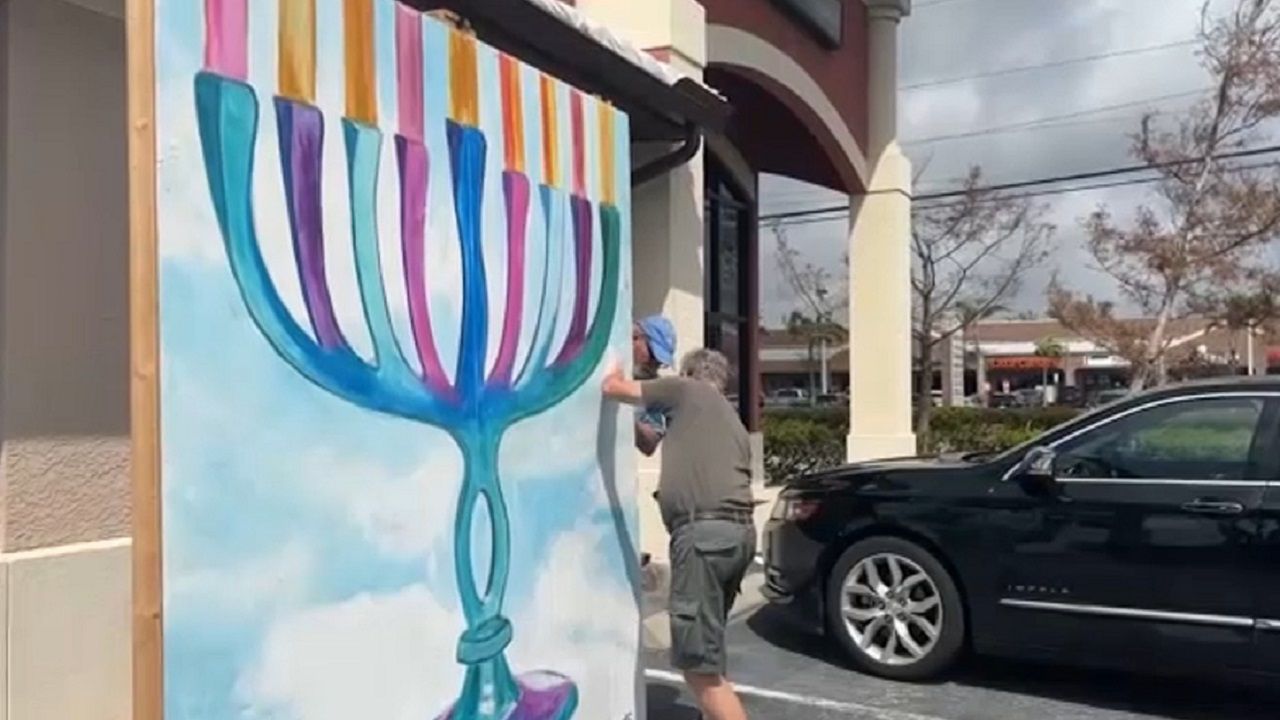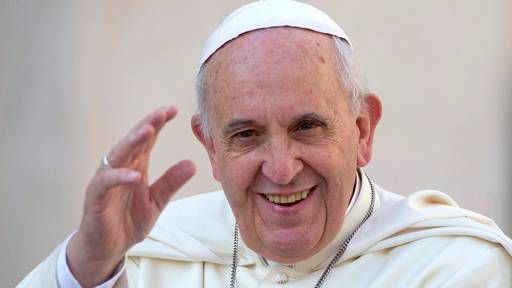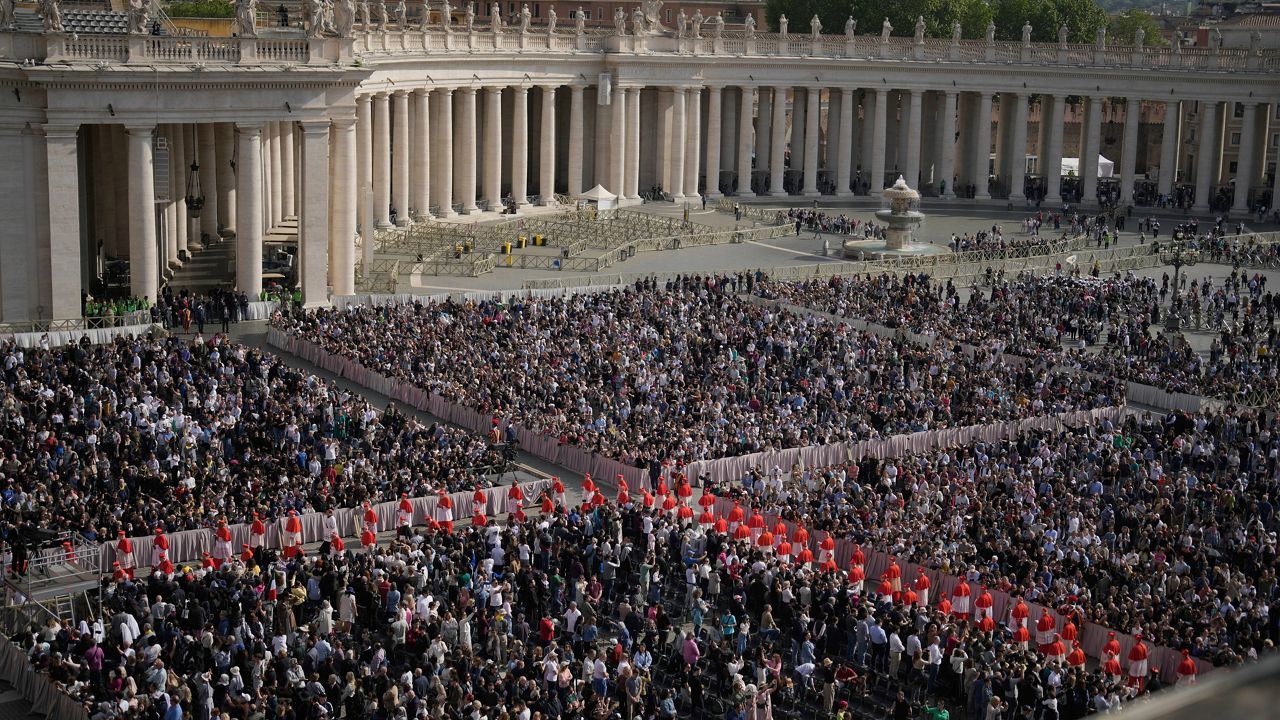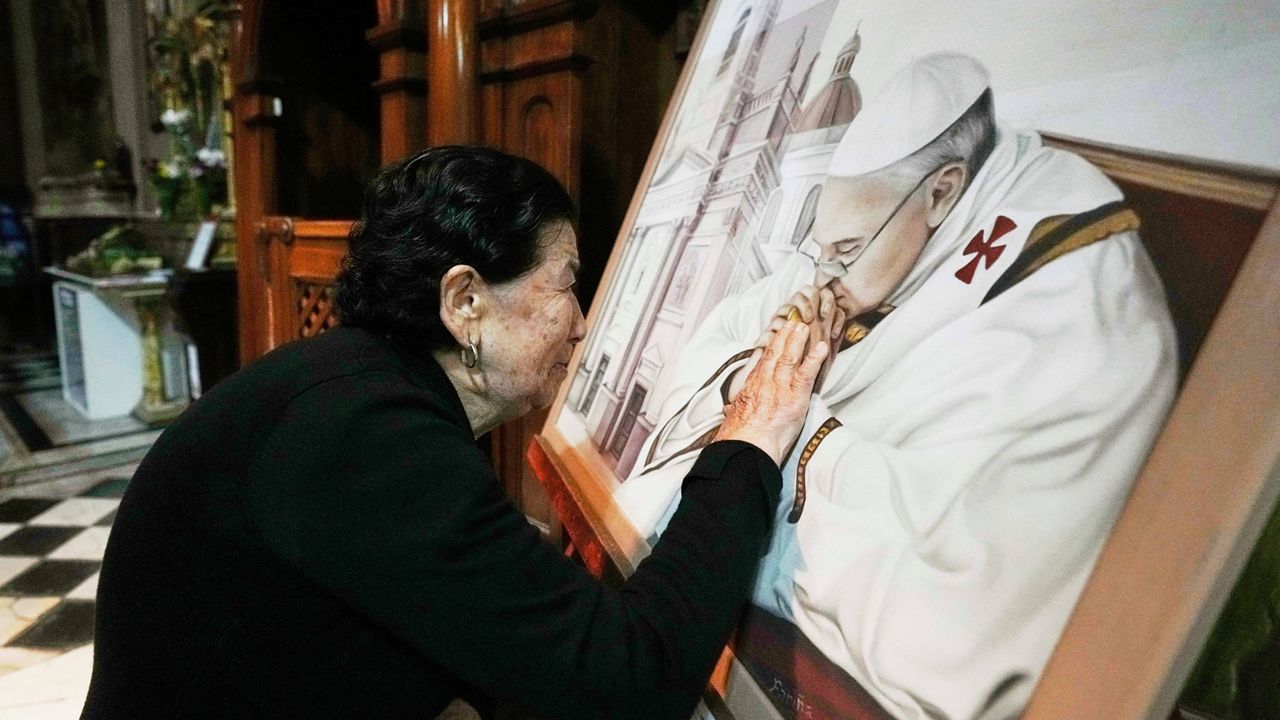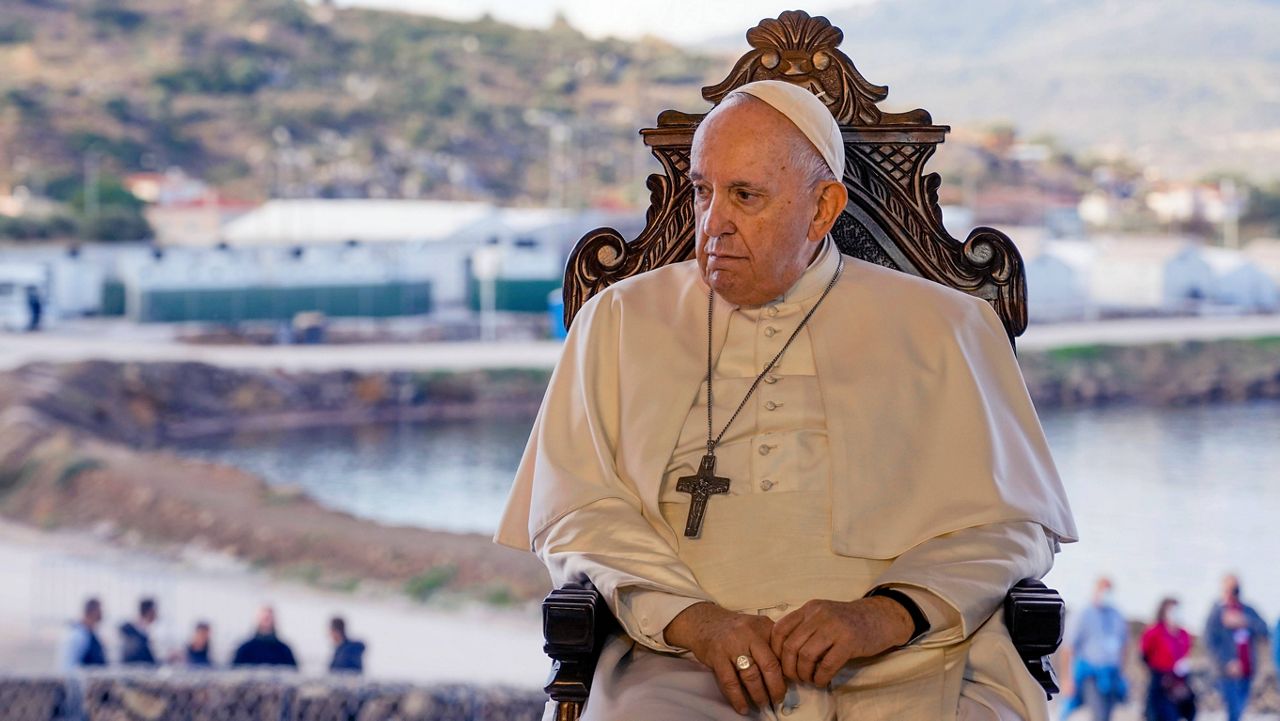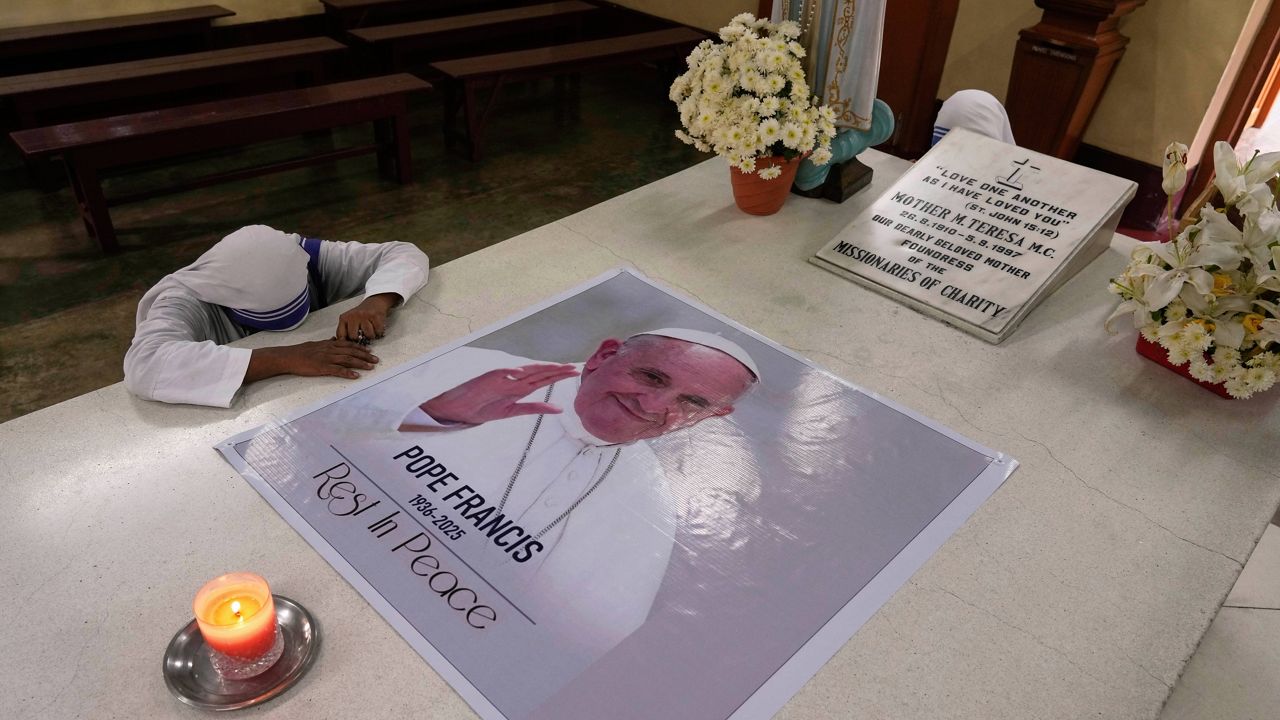LOS ANGELES — The eight-day celebration of Passover began at sundown Saturday, commemorating the time between the Exodus from Egypt on the 15th of the Hebrew month of Nissan and the parting of the Red Sea seven days later to allow the fleeing Israelites to make their getaway.
A number of contemporary scholars, including Jewish historians and archaeologists, believe the story of the Exodus is apocryphal and that the Israelites were never among the peoples subjugated by the ancient Egyptians.
However, regardless of any historical debate, most rabbis say they believe it should not obscure the themes — faith, freedom and redemption — inherent in the biblical tale.
According to the book of Exodus, the enslaved Israelites used the blood of lambs to mark their doors so the Angel of Death would "pass over" their homes and instead slay the firstborn sons of Egyptians -- the 10th and most horrific of the plagues that finally persuaded the pharaoh to accede to Moses' demand: "Let my people go."
During the Seder, people drink four cups of wine or grape juice, symbolizing the promises that God made to the Israelites, including deliverance from bondage. Also as part of the ritual, a child traditionally asks the four questions of the Seder, which means order.
The introductory question of "Why is this night different from all other nights?" is followed by "Why is it that on all other nights during the year we eat either bread or matzah, but on this night we eat matzah?" "Why is it that on all other nights we eat all kinds of vegetables, but on this night we eat bitter herbs?" "Why is it on all other nights we do not dip even once, but on this night we dip twice?" and "Why is it that on all other nights we eat either sitting or reclining, but on this night we eat in a reclining position?"
The purpose of the questions is to spark discussion and learning, as teaching the story of the Exodus to children is one of the most important elements of the Seder. The meal is accompanied by reading from the Haggadah, or "narration" book, which tells the story of the Israelites' deliverance from bondage.
The Seder features six symbolic foods, including matzah, a cracker- like unleavened bread symbolizing the Exodus from ancient Egypt when there was not enough time to let the bread rise.
While Passover rituals vary in different parts of the world, Jews are traditionally not permitted to eat or possess any foods made with wheat, barley, rye, spelt or oats.
Bitter herbs, often horseradish, represent the bitterness of slavery; parsley dipped in saltwater symbolizes the tears the Israelites shed in bondage; and an apple, nut, spice and wine mixture called charoset represents what the Torah, the Jewish holy scripture, describes as the mortar used by Jewish slaves to build Egyptian edifices.
The holiday is observed for seven days in Israel, with one Seder, and eight days outside Israel, with two. The difference is that people in ancient times who lived far from Jerusalem could not know when a new month under the Hebrew lunar calendar had been officially declared and, in turn, could not be sure of the exact date.
"Of all the Jewish holidays, it's when we sit at the Passover Seder table with friends and family that we feel most connected to our history and the shared values of community, heritage, and joy," Rabbi Noah Farkas, president & CEO of the Jewish Federation Los Angeles, told City News Service in an email.
"The Passover Haggadah states, `In every generation, we are to see ourselves as if we left Egypt.' We not only remember the story of the Exodus, but we also put ourselves in the narrative and bring it to life.
"That's why this holiday unites our people like no other time on the Jewish calendar. Across political and sociological differences, we can eat matzah, taste the bitter herbs, and share the story of freedom together."
